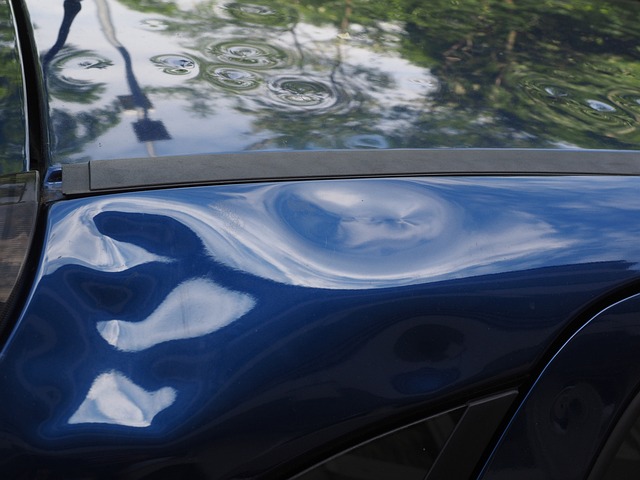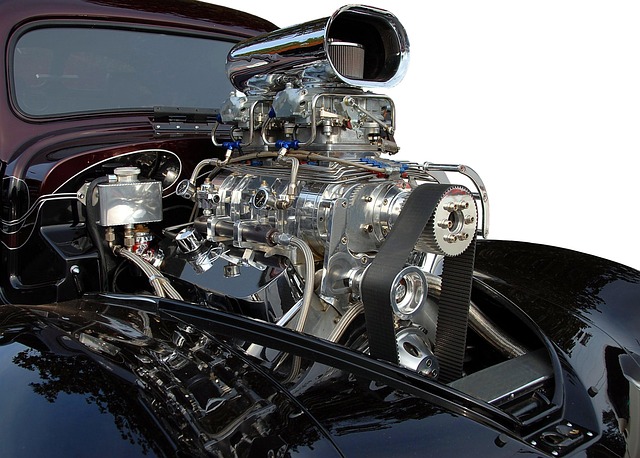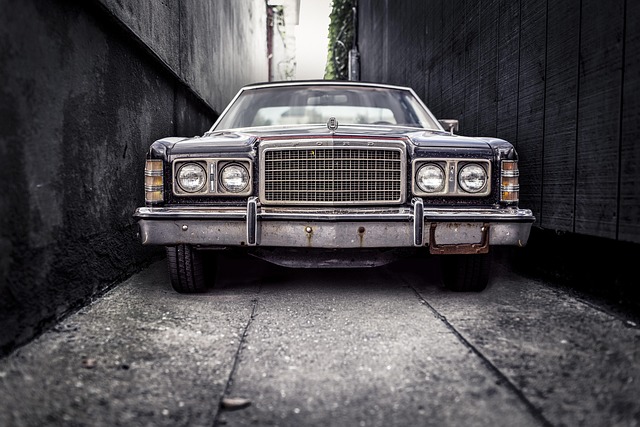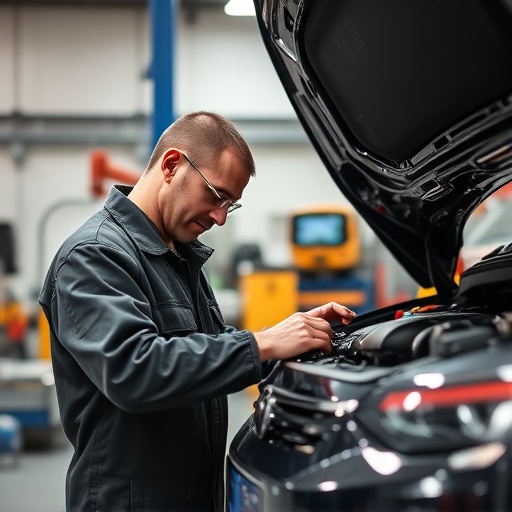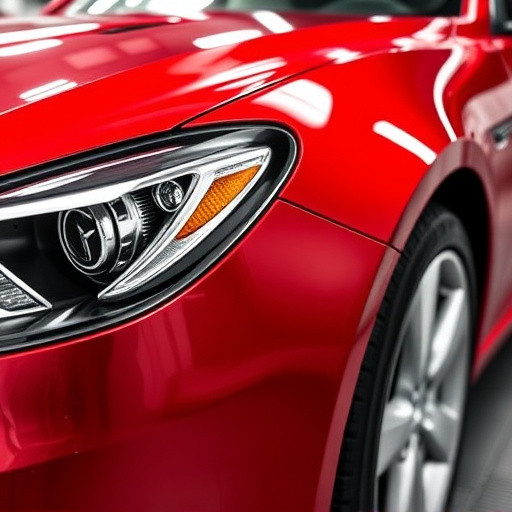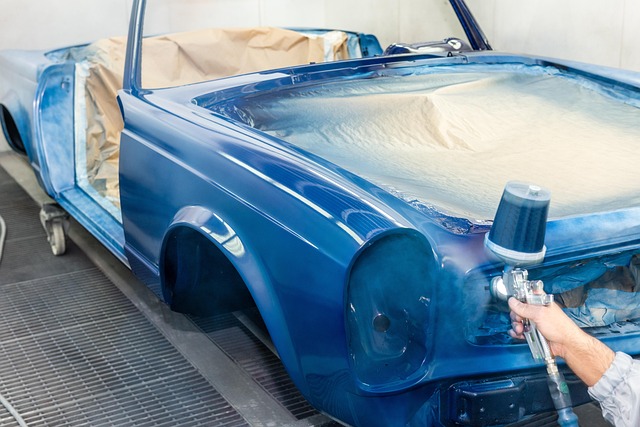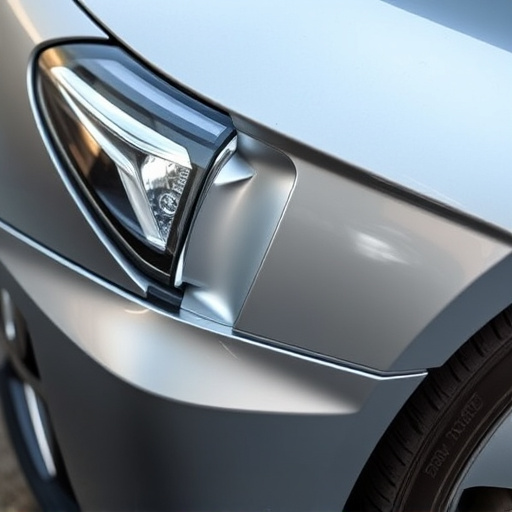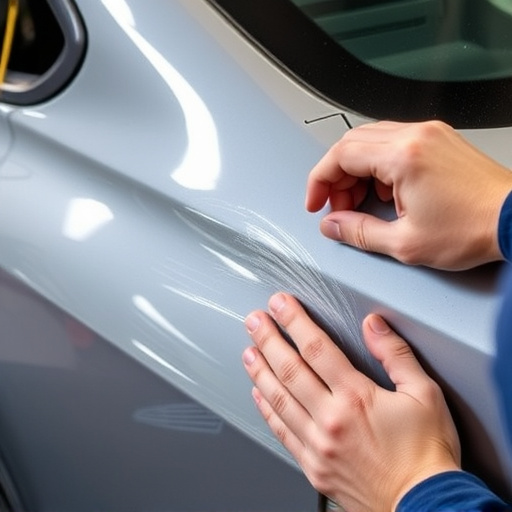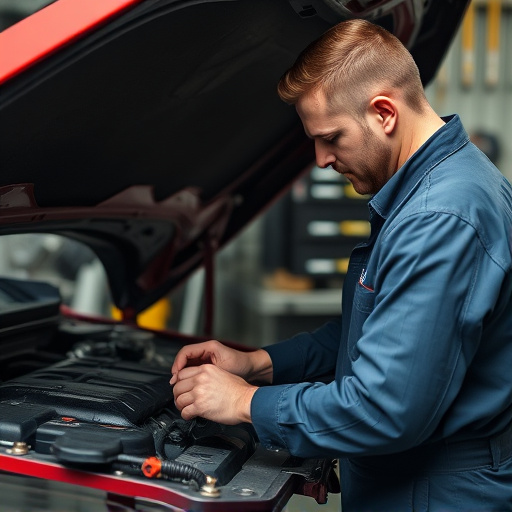The popularity of matte finish cars presents unique challenges in repair compared to glossy finishes, requiring advanced techniques like paintless dent repair or specialized fleet services for delicate precision. The evolving auto industry demands flawless, seamless finishes, pushing repair specialists to adopt innovative solutions such as laser technology, 3D printing, and robotic systems, while exploring eco-friendly materials and methods to enhance sustainability.
In today’s world, achieving and maintaining a flawless matte finish on various surfaces has become a significant challenge. This is primarily due to the complex nature of matte finishes themselves—a delicate balance between aesthetics and durability. The article delves into the intricate details behind this challenge, exploring current repairs techniques that often fall short. We also discuss cutting-edge materials and innovative approaches that could pave the way for future improvements in matte finish repair, ensuring longer-lasting results.
- Understanding the Complex Nature of Matte Finish
- Current Challenges in Repair Techniques and Materials
- Future Directions for Improved Matte Finish Repair
Understanding the Complex Nature of Matte Finish

The term “matte finish” refers to a smooth, non-reflective surface that’s gained popularity in recent years, particularly among those who appreciate a more subtle and unique look for their vehicles. However, this aesthetic comes with its challenges when it comes to repair. Unlike traditional glossy finishes that can often be restored relatively easily, damaged matte finishes present a complex landscape of considerations. The reparable damage extends beyond visible dents or scratches; it also encompasses the potential alteration of the material’s original color and texture.
This complexity is further amplified by the fact that achieving a flawless, invisible repair requires precise matching of not just the color but also the subtle variations in finish. Traditional methods such as painting can be disruptive to the surrounding area and may not accurately replicate the matte effect. As a result, many turn to advanced techniques like paintless dent repair or fleet repair services specializing in car body repair for matte finishes. These solutions offer more delicate and precise restoration, ensuring that the vehicle retains its original aesthetic integrity.
Current Challenges in Repair Techniques and Materials

The current landscape of matte finish repair presents several unique challenges for professionals in the auto repair services and vehicle collision repair industries. One of the primary hurdles is the evolving nature of materials used in modern cars, including advanced coatings and paints that are increasingly complex and difficult to replicate. The traditional methods of auto body repairs simply may not be effective or durable enough for these new materials, leading to subpar results and increased customer dissatisfaction.
Additionally, the demand for flawless, seamless finishes has risen dramatically, setting a high bar for vehicle collision repair specialists. Customers now expect their cars to look as good as new after repairs, which necessitates the adoption of advanced techniques and specialized tools. The challenge lies in balancing these expectations with the reality of repairing damaged surfaces while maintaining the original matte finish aesthetic, particularly in cases where panel replacement is not feasible.
Future Directions for Improved Matte Finish Repair
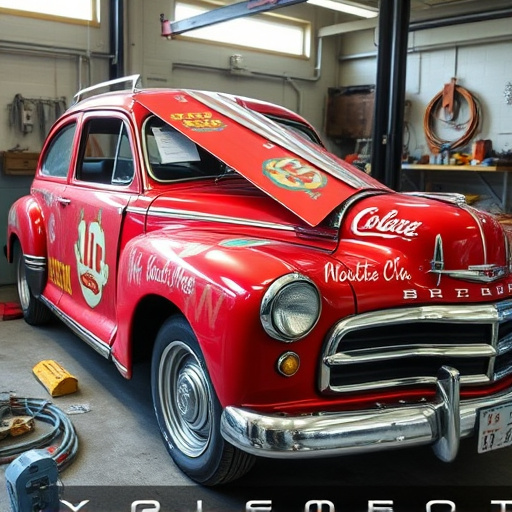
The future of matte finish repair lies in advanced technologies and innovative techniques that can address the unique challenges posed by modern automotive finishes. As luxury vehicle repair becomes increasingly specialized, auto body shops are investing in state-of-the-art equipment to enhance precision and effectiveness. Laser technology, for instance, offers precise control over material removal, allowing for more accurate repairs without compromising the surrounding finish.
Additionally, advancements in 3D printing and robotic systems could revolutionize car dent removal processes. These technologies enable the creation of custom parts tailored to specific matte finishes, ensuring a seamless and permanent repair. With a focus on sustainability, future trends may also incorporate eco-friendly materials and methods, reducing the environmental impact of auto repair near me services while maintaining high-quality standards.
Matte finish repair presents unique challenges due to the complex nature of modern coatings. The current techniques and materials often fall short, leading to imperfect results. However, looking ahead, advancements in technology and a deeper understanding of material science offer hope for improved matte finish repair solutions. By exploring innovative approaches, industry professionals can enhance durability, aesthetics, and efficiency in repairing this demanding finish.

